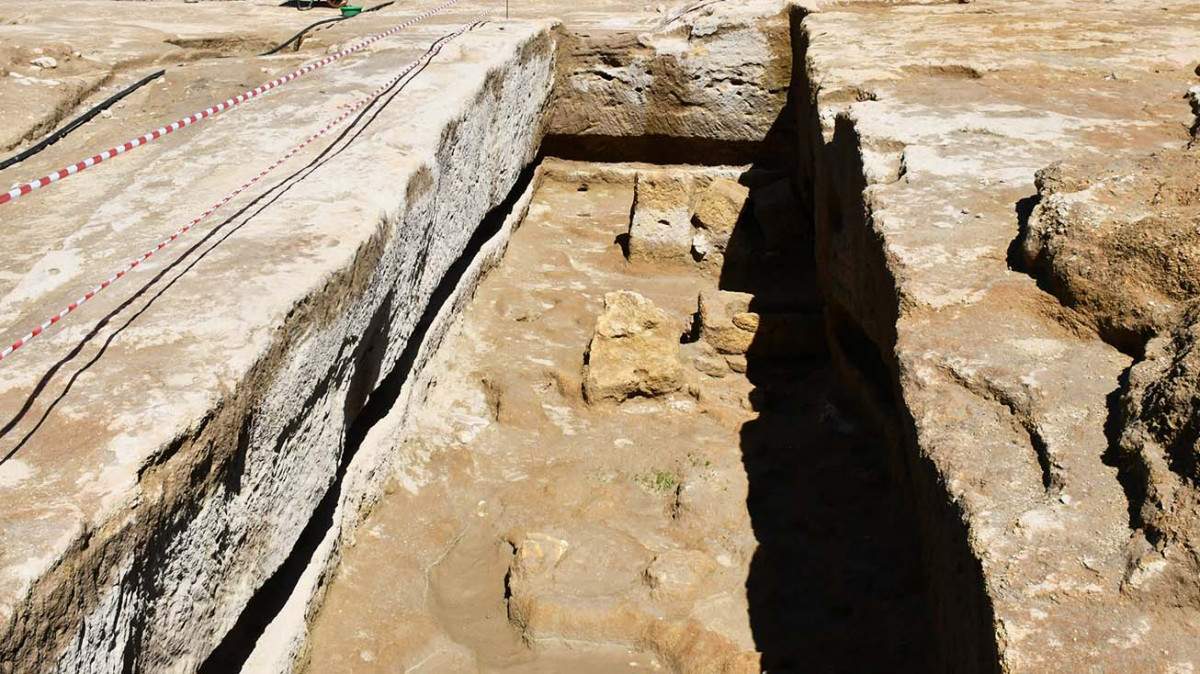Spain, Phoenician necropolis discovered in Andalusia unprecedented in the area
Important discovery in Spain, where near Osuna, Andalusia, and to be precise in the area of the ancient Roman city of Urso, the remains of a necropolis from the Phoenician-Punic period, dating from around the 5th-4th centuries B.C., have been found: the discovery was announced at the end of April by the Andalusian Council for Culture and Historical Heritage. The remains were found during work to improve the quality and guarantee the water supply of the Sierra Sur municipalities.
The excavation of the ancient necropolis, which is still in progress, has allowed archaeologists from the Territorial Delegation of the Council of Culture and Historical Heritage, chaired by Susana Cayuelas, to document “a series of remains of undoubted patrimonial value,” they state, and which, because of their temporal setting and degree of preservation, “are unprecedented in the interior of Andalusia.”
According to previews of the ongoing excavation studies provided by archaeologists of the Territorial Delegation, only in the coastal area of Cadiz have structures of the same era and similar formats been found, while presenting “clear parallels with similar funerary elements excavated in the necropolis of Tharros (Sardinia), Kerkouan and Sahel, both in Tunisia.”
Specifically, Andalusian archaeologists point out, it would be “a set of pit tombs of Phoenician-Punic tradition, which are covered in the Republican Roman period, and on which structures of little importance are built in the Imperial Roman period,” as stated in the first excavation report.
One of the most important of these funerary enclosures has an access staircase from its west side, giving access to a rectangular, probably exterior space that probably served as an atrium. Excavation work is currently underway on this structure to reach the ground levels of the possible atrium. Another of the structures surveyed is apparently more quadrangular and also appears to have a stepped access on the west side, although it has been more affected by contemporary excavation work and the presence of the bottom of two silos. The third is located under the set of Imperial Roman walls rising over the burial space, while a fourth has similar features to the previous ones.
Pictured: the remains of the necropolis
 |
| Spain, Phoenician necropolis discovered in Andalusia unprecedented in the area |
Warning: the translation into English of the original Italian article was created using automatic tools. We undertake to review all articles, but we do not guarantee the total absence of inaccuracies in the translation due to the program. You can find the original by clicking on the ITA button. If you find any mistake,please contact us.




























